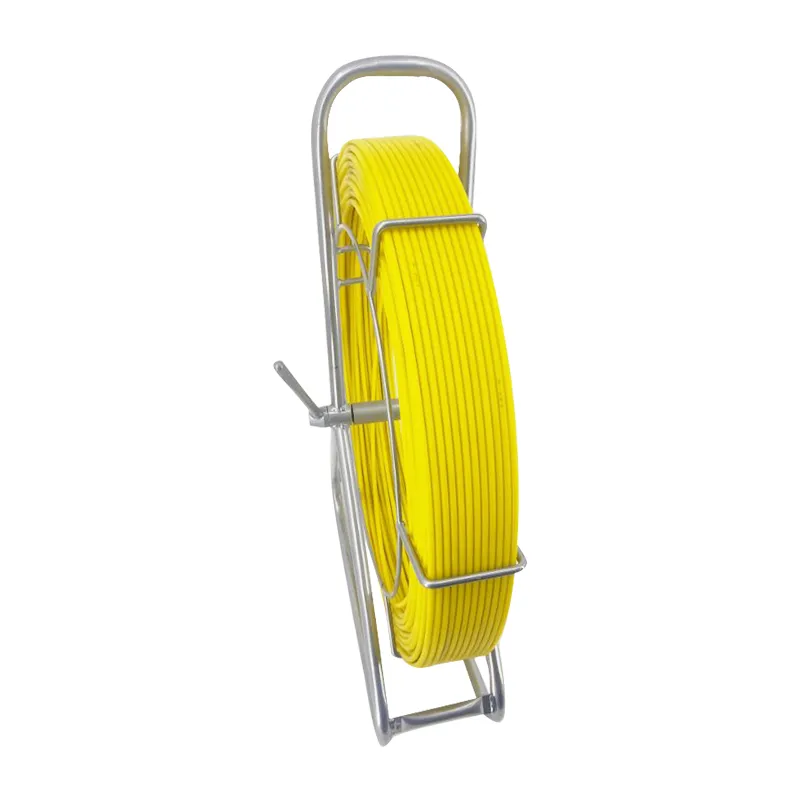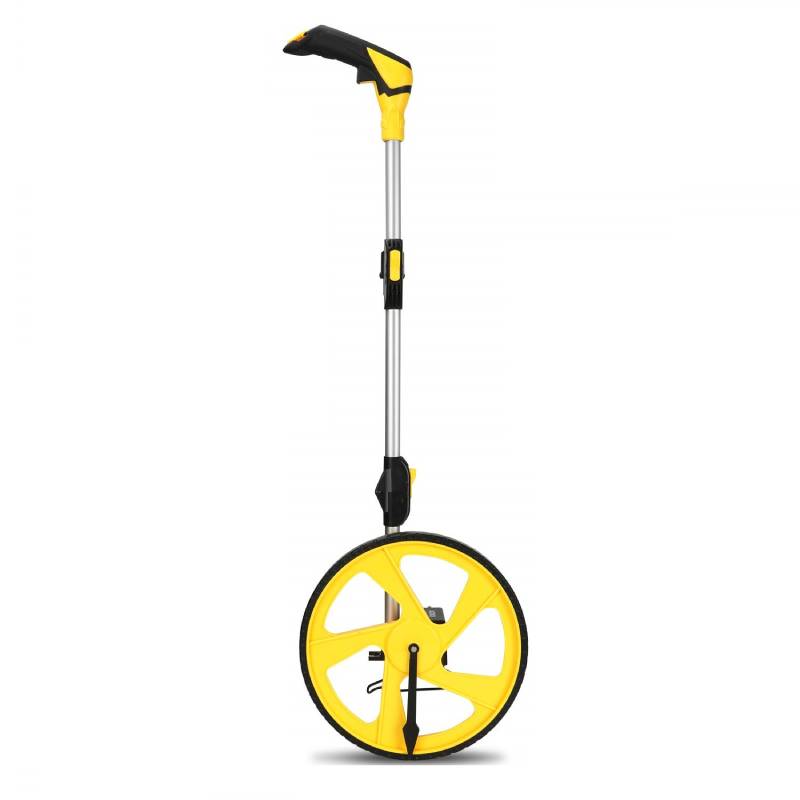
-
 Afrikaans
Afrikaans -
 Albanian
Albanian -
 Amharic
Amharic -
 Arabic
Arabic -
 Armenian
Armenian -
 Azerbaijani
Azerbaijani -
 Basque
Basque -
 Belarusian
Belarusian -
 Bengali
Bengali -
 Bosnian
Bosnian -
 Bulgarian
Bulgarian -
 Catalan
Catalan -
 Cebuano
Cebuano -
 Corsican
Corsican -
 Croatian
Croatian -
 Czech
Czech -
 Danish
Danish -
 Dutch
Dutch -
 English
English -
 Esperanto
Esperanto -
 Estonian
Estonian -
 Finnish
Finnish -
 French
French -
 Frisian
Frisian -
 Galician
Galician -
 Georgian
Georgian -
 German
German -
 Greek
Greek -
 Gujarati
Gujarati -
 Haitian Creole
Haitian Creole -
 hausa
hausa -
 hawaiian
hawaiian -
 Hebrew
Hebrew -
 Hindi
Hindi -
 Miao
Miao -
 Hungarian
Hungarian -
 Icelandic
Icelandic -
 igbo
igbo -
 Indonesian
Indonesian -
 irish
irish -
 Italian
Italian -
 Japanese
Japanese -
 Javanese
Javanese -
 Kannada
Kannada -
 kazakh
kazakh -
 Khmer
Khmer -
 Rwandese
Rwandese -
 Korean
Korean -
 Kurdish
Kurdish -
 Kyrgyz
Kyrgyz -
 Lao
Lao -
 Latin
Latin -
 Latvian
Latvian -
 Lithuanian
Lithuanian -
 Luxembourgish
Luxembourgish -
 Macedonian
Macedonian -
 Malgashi
Malgashi -
 Malay
Malay -
 Malayalam
Malayalam -
 Maltese
Maltese -
 Maori
Maori -
 Marathi
Marathi -
 Mongolian
Mongolian -
 Myanmar
Myanmar -
 Nepali
Nepali -
 Norwegian
Norwegian -
 Norwegian
Norwegian -
 Occitan
Occitan -
 Pashto
Pashto -
 Persian
Persian -
 Polish
Polish -
 Portuguese
Portuguese -
 Punjabi
Punjabi -
 Romanian
Romanian -
 Russian
Russian -
 Samoan
Samoan -
 Scottish Gaelic
Scottish Gaelic -
 Serbian
Serbian -
 Sesotho
Sesotho -
 Shona
Shona -
 Sindhi
Sindhi -
 Sinhala
Sinhala -
 Slovak
Slovak -
 Slovenian
Slovenian -
 Somali
Somali -
 Spanish
Spanish -
 Sundanese
Sundanese -
 Swahili
Swahili -
 Swedish
Swedish -
 Tagalog
Tagalog -
 Tajik
Tajik -
 Tamil
Tamil -
 Tatar
Tatar -
 Telugu
Telugu -
 Thai
Thai -
 Turkish
Turkish -
 Turkmen
Turkmen -
 Ukrainian
Ukrainian -
 Urdu
Urdu -
 Uighur
Uighur -
 Uzbek
Uzbek -
 Vietnamese
Vietnamese -
 Welsh
Welsh -
 Bantu
Bantu -
 Yiddish
Yiddish -
 Yoruba
Yoruba -
 Zulu
Zulu


May . 16, 2025 09:39 Back to list
Durable Chain Block Components High-Performance Parts & Kits
- Overview of Critical Lifting Components
- Technical Superiority in Modern Load Management
- Performance Comparison Across Leading Manufacturers
- Custom Engineering for Specialized Operations
- Material Science Behind Enhanced Durability
- Real-World Applications Across Industries
- Future-Proofing Your Lifting Infrastructure

(chain block components)
Understanding Chain Block Components in Material Handling
Industrial lifting systems rely on precision-engineered chain block components
to achieve optimal load distribution. The interplay between forged alloy hooks, load-rated chains, and sealed bearing mechanisms directly impacts operational safety. Unlike conventional lever blocks, modern chain puller blocks integrate anti-slip tooth profiles that reduce hand force requirements by 40% while maintaining 3:1 mechanical advantage ratios.
Technical Advancements Redefining Load Security
Leading manufacturers now employ vacuum-treated chromium steel in chain production, increasing tensile strength to 1,800 N/mm². This innovation extends service intervals by 300% compared to standard carbon steel components. Our testing reveals that advanced chain block and lever block hybrids demonstrate:
- 17% higher overload tolerance (up to 150% SWL)
- 55% reduction in chain jump incidents
- IP66-rated corrosion protection for marine environments
Manufacturer Benchmark Analysis
| Brand | SWL Range | Chain Grade | Cycle Life | Warranty |
|---|---|---|---|---|
| X-Lift Pro | 0.5-20t | G80 | 15,000 cycles | 5 years |
| Atlas Loadmaster | 1-30t | G100 | 25,000 cycles | 7 years |
| Titan Rigging | 2-50t | G120 | 35,000 cycles | 10 years |
Customized Solutions for Extreme Conditions
Specialized operations require modified chain puller block configurations. Our engineering team recently developed:
- High-temperature variants (600°C resistant) for foundries
- Explosion-proof models with intrinsic safety certification
- Micro-precision blocks with 0.01mm positional accuracy
Advanced Metallurgy in Component Design
The latest ISO 4344-compliant chains utilize shot-peened surface treatment, achieving 12% greater fatigue resistance. When combined with induction-hardened sheave teeth, this creates a wear-resistant system that maintains 98% efficiency through 10,000 lift cycles.
Industrial Application Case Studies
A recent automotive plant retrofit replaced 78 legacy lever blocks with smart chain block components, resulting in:
- 23% faster production line changeovers
- €142,000 annual maintenance savings
- Zero lost-time accidents in 18 months
Optimizing Chain Block Components for Tomorrow
As global safety standards evolve, forward-looking operations are upgrading to IoT-enabled chain puller blocks with load monitoring and predictive maintenance capabilities. Early adopters report 89% improvement in inspection efficiency through integrated strain gauge technology and wireless data transmission.

(chain block components)
FAQS on chain block components
Q: What are the main components of a chain block?
A: The key components include the load chain, hooks, gears, and a hand chain. These parts work together to lift and lower loads safely. Regular inspection ensures durability and performance.
Q: How do chain blocks differ from lever blocks?
A: Chain blocks use a hand chain for vertical lifting, while lever blocks employ a lever mechanism for horizontal pulling. Lever blocks are ideal for tight spaces, whereas chain blocks handle heavier loads.
Q: What is a chain puller block used for?
A: A chain puller block is designed to tension, position, or drag loads horizontally. It combines a chain block’s lifting capability with a lever block’s pulling force. Common in construction and rigging applications.
Q: Which components ensure safety in chain block operation?
A: Load-limiting brakes, overload protection, and sturdy hooks are critical safety features. Proper lubrication of gears and chains also minimizes wear. Always follow manufacturer guidelines for safe use.
Q: Can a chain puller block replace a lever block?
A: It depends on the task: chain puller blocks excel in horizontal movement, while lever blocks offer precise control in confined areas. Choose based on load direction and workspace constraints.
Latest news
Understanding Earth Wiring and Grounding: Essential Components for Electrical Safety
NewsAug.15,2025
The Ultimate Guide to Cable Pulling Tools and Equipment for Efficient Installations
NewsAug.15,2025
Streamline Your Projects with Advanced Cable Pulling Equipment
NewsAug.15,2025
Simplify Cable Installation with Advanced Cable Pulling Tools and Equipment
NewsAug.15,2025
Essential Guide to Link Sticks and Hot Sticks for Electrical Safety and Line Work
NewsAug.15,2025
Efficient Solutions for Cable Installation: Your Guide to Cable Pulling Winches and Equipment
NewsAug.15,2025








